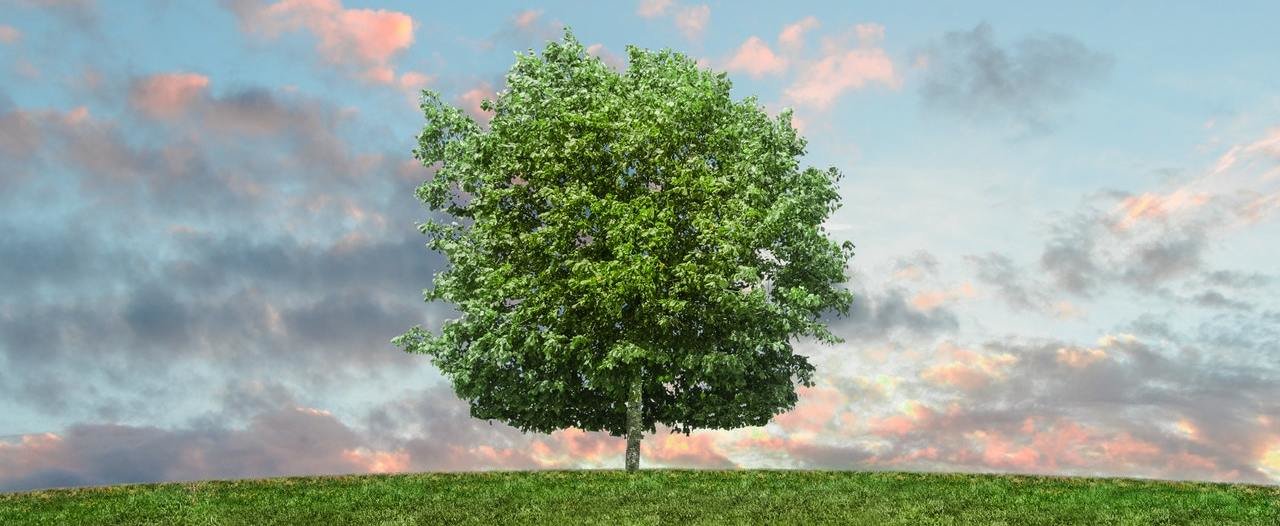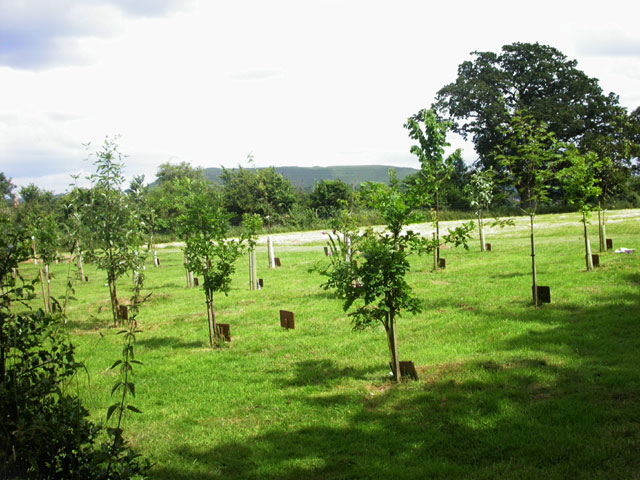 Image Source: Pexels
Image Source: Pexels
As baby boomers ponder retirement and beyond, their thoughts often turn to what will become of their physical bodies after they die. More and more are considering natural burials or eco-friendly funerals. Already a common choice in the UK, natural burials (also known as eco-burials) are catching on in a very big way in the United States and Canada.
What’s the allure of an eco-burial and what does it mean to have one? Here’s a guide for families who want to know about all their options when it comes to funerals and burial planning.
What is an Eco-Burial?
Generally speaking, an eco-friendly burial is one where no embalming fluid is used to preserve the body and there is no casket, in the traditional sense of the word. There are no cement grave liners, either.
Instead, burial takes place quickly after death in a biodegradable container with no vault.
People can choose to be buried in a simple cloth shroud. Other options include a wicker basket, a cardboard container, or a traditional pine box. People have been known to choose luxurious silk shrouds, lavender-infused comforters, and all types of natural fabrics now being marketed for this purpose.
In the UK, where natural burials have been big for decades, a wicker basket is a popular option.
The Terminology is Confusing—Can This be Clarified?
The National Funeral Directors Association (NFDA) defines these burials very loosely, but the crux is that to be considered ‘eco’, a burial should not involve any embalming. Also, the body should be laid to rest in a natural setting.
There are tighter definitions to be found, but the general term is ‘natural’ burial or ‘eco-burial.’ A ‘green’ burial is, technically, a sub-category and has stricter guidelines for what can officially be called ‘green.’
The Green Burial Council (GBC) has the highest standards. To call a burial ‘green,’ the following must be true:
- Minimal environmental impact
- Conservation of natural resources
- Protection of worker health
- Reduction of carbon emissions
- Restoration or preservation of habitat
- Ongoing compliance with GBC standards
What’s the Difference Between a Natural Burial and a Green Burial?
This confuses a lot of people. ‘Natural burial’ refers to how someone is buried. That is, there is no embalming and no need for a traditional casket or vault.
A green burial, on the other hand, refers to the cemetery in which the body is laid to rest. A green cemetery, she says, makes use of specific plants and does not use chemical pesticides to kill the weeds. Think of a green lawn for a home—the same principles apply.
To be truly considered ‘green’ (and certified), a cemetery must not have any vaults nor must it have burials where embalming was performed on the remains. Graves must be hand-dug and there are to be no conventional memorial stones.
Some traditional cemeteries have green-certified areas.
At the moment, there are roughly 30 green cemeteries in the United States, and green burial is legal in all 50 states. There is a three-level green burial certification program that cemeteries can apply for, made possible by the Green Burial Council.
Keep in mind, however, that natural burials can occur outside a green cemetery.
Where are Eco-Burials Held?
An eco-burial can be held anywhere the deceased or their family chooses. So-called backyard burials are still legal in the United States, but certain code requirements are in place to ensure health and safety. Family burial plots on private land still exist but must be registered with the county government.
Are These Types of Burials Legal?
Families may legally care for their loved one’s body after death without the services of a funeral director in all but seven states.
How are the Graves Marked?
In a natural or ‘eco’ burial, graves can be marked any way the deceased mandates or the family chooses. For certified green cemeteries, there is no marker.
Who Chooses Eco-Friendly Burials?
 Image Source: Wikimedia
Image Source: Wikimedia
There are several types of people who choose the eco-friendly route in burial. The most obvious is someone concerned about the environment.
- The Environmentally Concerned
A 2007 AARP study found that more than 20 percent of respondents expressed a desire for greener burials. Whether it’s to conserve land resources or to reduce the carbon footprint of a burial, these people want things to be more environmentally friendly when it comes to funerals and burials.
Traditional burials cause significant ecological impact due to the use of reinforced concrete for vaults, steel and hardwood used in caskets, and hundreds of thousands of gallons of toxic embalming fluid.
- The Nature Lover
Another type of person who might choose the eco-friendly funeral option is someone who doesn’t relish the idea of being buried in a sea of neatly ordered headstones. Perhaps this reflects how they lived – that they’d rather have a final resting place that’s more in tune with nature. Under a beautiful tree or in a field of flowers, for example.
- People of Certain Faiths
Some faiths have long-held traditions of not burying their dead in caskets but using shrouds instead. These include people of the Islamic faith, Jewish faith, and Wiccans, as well as other groups.
- The Pragmatic
The fourth type of person who chooses the eco option may simply be concerned about affordability. Certified green burials often cost a few thousand dollars, while a natural burial can be much less. The average cost of a traditional funeral is somewhere between $6,000 and $10,000 and can go higher if certain high-end options are selected.
The cost of a traditional funeral is higher partly because it includes the following:
- Embalming
- Metal casket
- Concrete Vault
- Cemetery services
Green burials may still be more expensive than a natural eco-burial, however, since it involves being laid to rest in a certified green cemetery.
Why are So Many People Now Choosing Eco-Burials?
Aside from the reasons cited above, it may just be that natural burials are part of an even larger trend. There is evidence of creative options of all types when it comes to your final resting place. For example, there are entrepreneurs who will turn cremations into lovely works of glass art. You could also choose to have yours or your loved one’s ashes transformed into diamonds. Some choose a biodegradable urn so the ashes do, literally, return to the earth.
From alternative ways to memorialize your loved one’s ashes to surprising funeral ceremonies that reflect the individuality of the dearly departed, there really are no hard-fast ‘rules’ any more about how to say goodbye. That opens up the doors to the idea of a natural burial, and it’s really catching on.
Make It Easier for Your Family By Choosing Now
As the idea of an eco-friendly burial becomes attractive to more people in the United States, we’re bound to see lots of creative options emerging from both families and industry leaders alike. That can make for confusing terrain for people suddenly overwhelmed by the passing of a loved one. You can also get more information on natural eco-burials here.
The best approach for families today is to give some forethought to the matter of how they’d like to be buried and to communicate to their loved ones about the choices they make. Stay informed about your options so you and your family can face the milestones of your life with minimal stress during a time that’s already emotional for everyone.
Please note that not all parks offer eco-burials. Please check with your particular cemetery of interest.
What Other Burial Options Are Available?
Ultimately, burial options available to you will depend on a number of different factors, including the cemetery you choose as your final resting place and the laws of the state in which the cemetery resides. To learn more about the various burial options available, we recommend finding a cemetery near you now.

